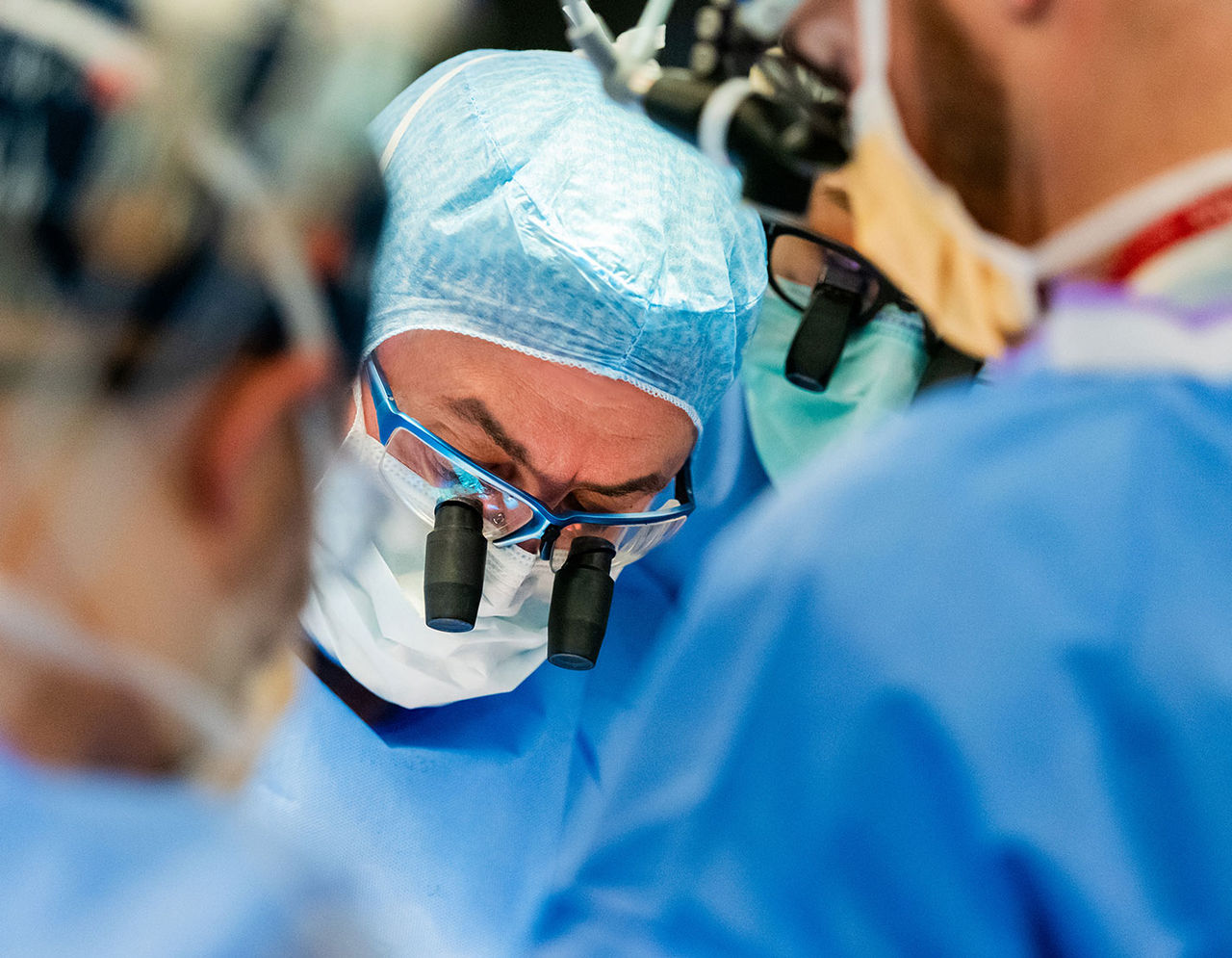Marfan syndrome is a rare disorder. It occurs in roughly 0.02% of the population.
-
- Find Care
-
- Visitor Information
- Find a Location
- Shuttles
- Visitor Policies
-
-
-
- Our Virtual Care Options
- Virtual Urgent Care
- Virtual Visits for Primary & Specialty Care
- Online Second Opinions
- Participate in Research
-
- Contact us
-
- For Innovators
- Commercialization Guide for Innovators
-
-
- Research News
- Alzheimer's Disease
- Artificial Intelligence
-
- Overview
-
- Overview
- Getting Started
- New to Mass General Brigham
- International Patient Services
- What Is Patient Gateway?
- Planning Your Visit
- Find a Doctor (opens link in new tab)
- Appointments
- Patient Resources
- Health & Wellness
- Flu, COVID-19, & RSV
- Billing & Insurance
- Financial Assistance
- Medicare and MassHealth ACOs
- Participate in Research
- Educational Resources
- Visitor Information
- Find a Location
- Shuttles
- Visitor Policies
- Find Care
-
- Overview
- Our Virtual Care Options
- Virtual Urgent Care
- Virtual Visits for Primary & Specialty Care
- Online Second Opinions
-
- Overview
- Participate in Research
-
- Overview
- About Innovation
- About
- Team
- News
- For Industry
- Venture Capital and Investments
- World Medical Innovation Forum (opens link in new tab)
- Featured Licensing Opportunities
- For Innovators
- Commercialization Guide for Innovators
- Contact us
-
- Overview
- Information for Researchers
- Compliance Office
- Research Cores
- Clinical Trials
- Advisory Services
- Featured Research
- Two Centuries of Breakthroughs
- Advances in Motion (opens link in new tab)
- Brigham on a Mission (opens link in new tab)
- Gene and Cell Therapy Institute
- Research News
- Alzheimer's Disease
- Artificial Intelligence
-
- Overview
-
- Overview
- Residency & fellowship programs
- Brigham and Women's Hospital
- Massachusetts General Hospital
- Mass Eye and Ear
- Newton-Wellesley Hospital
- Salem Hospital
- Integrated Mass General Brigham Programs
- Centers of Expertise
- Global & Community Health
- Health Policy & Management
- Healthcare Quality & Patient Safey
- Medical Education
- For trainees
- Prospective trainees
- Incoming trainees
- Current trainees
- Continuing Professional Development
What is Marfan syndrome?
Marfan syndrome is a genetic disorder that affects the connective tissue throughout the body. Connective tissue is a network of cells that support and bind most body systems. Marfan syndrome can cause abnormal development of those systems, including bones, blood vessels, ligaments, muscles, and organs. The heart, particularly the aorta, can be impacted by Marfan syndrome. In severe cases, it can create life-threatening complications.
Life expectancy with Marfan syndrome
Treatments for Marfan syndrome have improved greatly after decades of research, and life expectancy rates have increased as a result. With earlier diagnosis, active management by a multidisciplinary care team, and advanced surgical techniques, Marfan syndrome patients can live relatively normal lives.
What are Marfan syndrome symptoms?
Marfan syndrome symptoms can vary. Because this disorder broadly affects connective tissue, it can impact many body parts and systems, but which are impacted and how can vary greatly between cases and individuals.
The severity of these symptoms can also differ significantly. In some cases, symptoms may be negligible, while in others, they are life-threatening.
Symptoms of Marfan syndrome can include any of the following and to varying degrees:
- Tall and slender body
- Unusually narrow face
- Long limbs and digits
- Scoliosis
- Weak joints
- Crowded teeth
- Nearsightedness
- Retinal detachment
- Heart murmurs
What causes Marfan syndrome?
This condition is inherited in roughly 75% of cases. Marfan syndrome is caused by a genetic mutation of a gene that carries the code for a type of protein that builds connective tissue.
In cases where it's not inherited directly, Marfan syndrome is a result of a new mutation, and the cause is unknown. There are no known demographics with a heightened risk of having this condition, except for children of parents who have it.
How is Marfan syndrome diagnosed?
Confirming a Marfan syndrome diagnosis can be a complicated process that requires multiple specialists. The connective tissue affected by this disorder can impact the body in different ways and places and may be subtle in its impact.
Depending on which part of the body is affected, various tests may be ordered. Because this condition often impacts the heart, diagnostic heart tests are often used to identify Marfan syndrome.
The following tests can be used for a Marfan syndrome diagnosis:
- Chest X-ray
- Computed tomography (CT)
- Echocardiogram
- Electrocardiogram (ECG)
- Genetic testing
- Magnetic resonance imaging (MRI)
- Transesophageal echo (TEE)
Treatment for Marfan syndrome
We offer comprehensive and collaborative care that addresses the multiple, complex, and lifelong aspects of Marfan syndrome and related conditions. The program’s cornerstones of care are patient education and shared decision-making. Patients and their families are encouraged to be partners with the treatment team and to be involved in every decision along the way.
Marfan syndrome treatment can vary significantly between cases, just as symptoms can. Risks to the heart, specifically the aorta, are common with Marfan syndrome, and treatment options reflect this. Patients are treated with a multidisciplinary approach, including:
- A full exam and cardiovascular assessment
- Determination of whether intervention is necessary
- If intervention is necessary, determining which procedure is most appropriate for the patient’s specific condition
- Possible evaluation by the genetics team within the clinic
Medications can help mitigate complications but do not treat Marfan syndrome directly. Surgery is common for treatment in more severe cases. The goal of surgery for Marfan syndrome is to alleviate symptoms and prevent life-threatening complications like aortic aneurysms and ruptures. Depending on your case's severity, treatment may include the following approaches.
Medications
Medications are often used to treat or prevent complications of this disorder. Drugs that help regulate and lower blood pressure are commonly used. Beta-blockers and angiotensin receptor blockers are two examples of medication that your physician may prescribe. These medications can regulate blood pressure to protect the aorta from enlarging, dissecting, or rupturing.
Depending on how Marfan syndrome affects the body, dental and vision treatment may be needed. Treatment plans may incorporate corrective measures like vision therapy and palate expanders.
Surgeries for treating Marfan syndrome can vary significantly. The heart, eyes, mouth, spine, and breastbone are areas that can require surgery in some Marfan syndrome cases. Recovery times can vary significantly between surgery types.
Common heart surgeries for Marfan syndrome include:
- Aortic arch surgery
- Ascending aneurysm repair
- Composite aortic root replacement
- Mitral valve repair
- Repair of thoracoabdominal aneurysms
- Valve-preserving operations for aortic root aneurysms
Other surgical treatments can include:
- Scoliosis treatment
- Breastbone corrections
- Eye surgery
FAQs
Marfan syndrome can be inherited from either parent. Children of one parent with Marfan syndrome have a 50% chance of inheriting it. If both parents have Marfan syndrome, the odds of the children inheriting it are 75%.
For heart and vascular issues, Marfan patients are often first seen by a member of our cardiovascular genetics team. However, Marfan syndrome often calls for a team approach, with specialists from different medical fields working together to treat the condition. Geneticists, heart specialists, ophthalmologists, orthopedic specialists, dentists, and more may be involved in treating and managing this disorder.
Marfan syndrome is a genetic disorder and cannot be cured with current medical technologies. Treatment focuses on managing symptoms and preventing dangerous medical complications. Still, while the condition is not curable, treatment and prognosis have made significant strides over recent decades.

